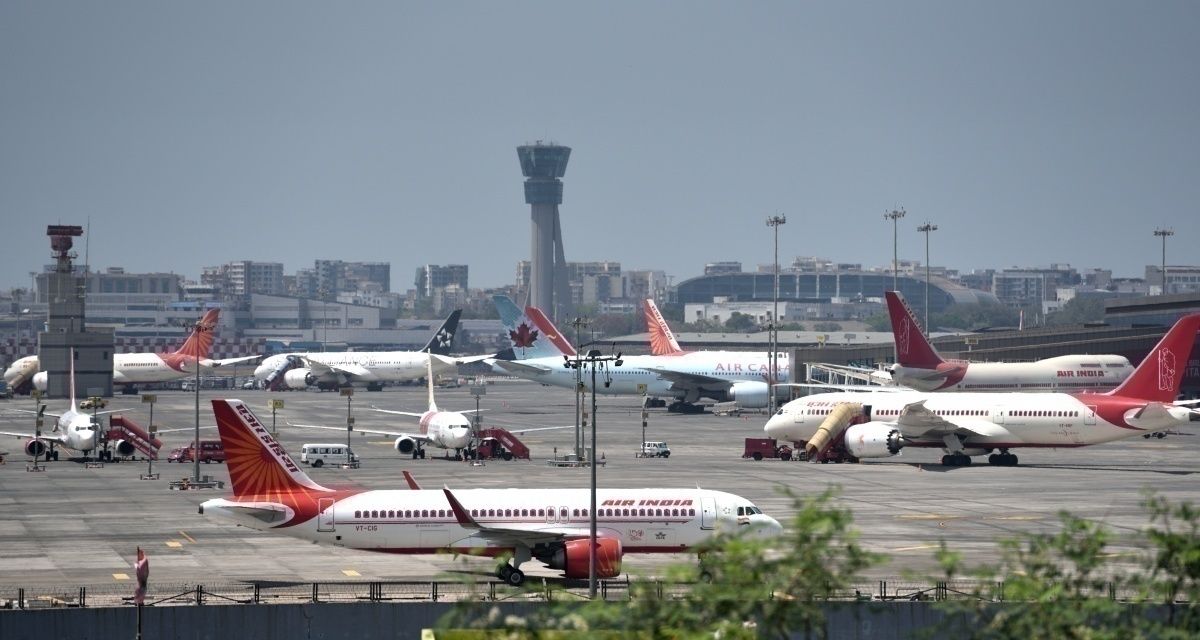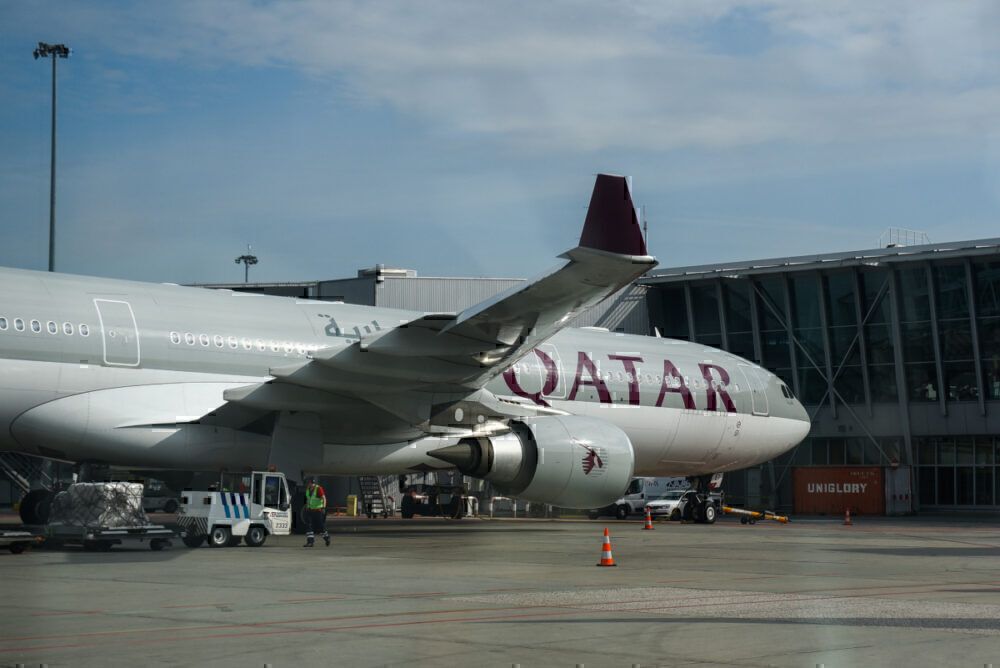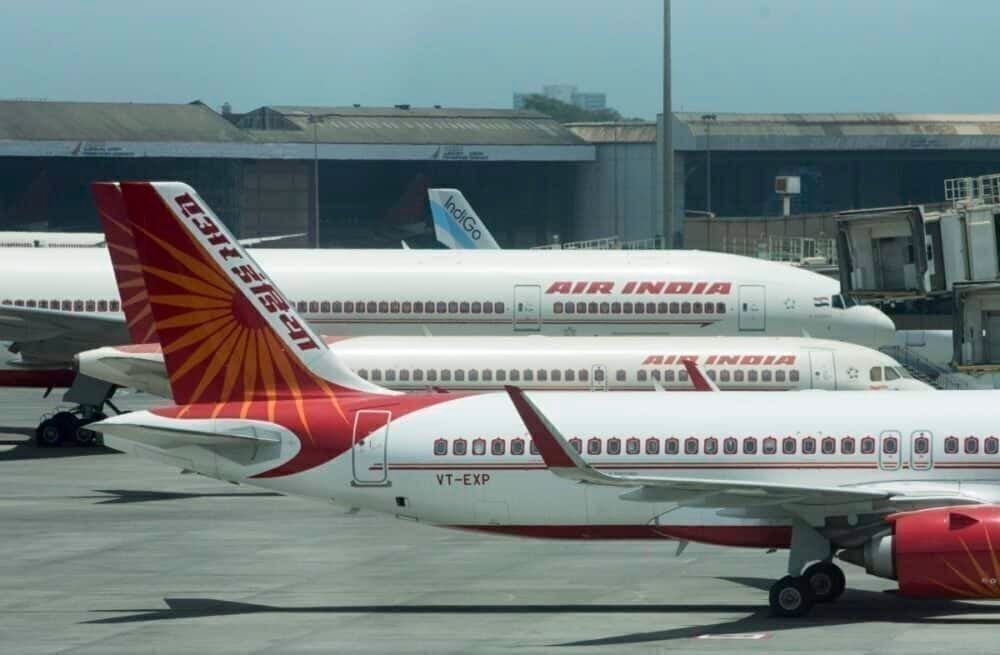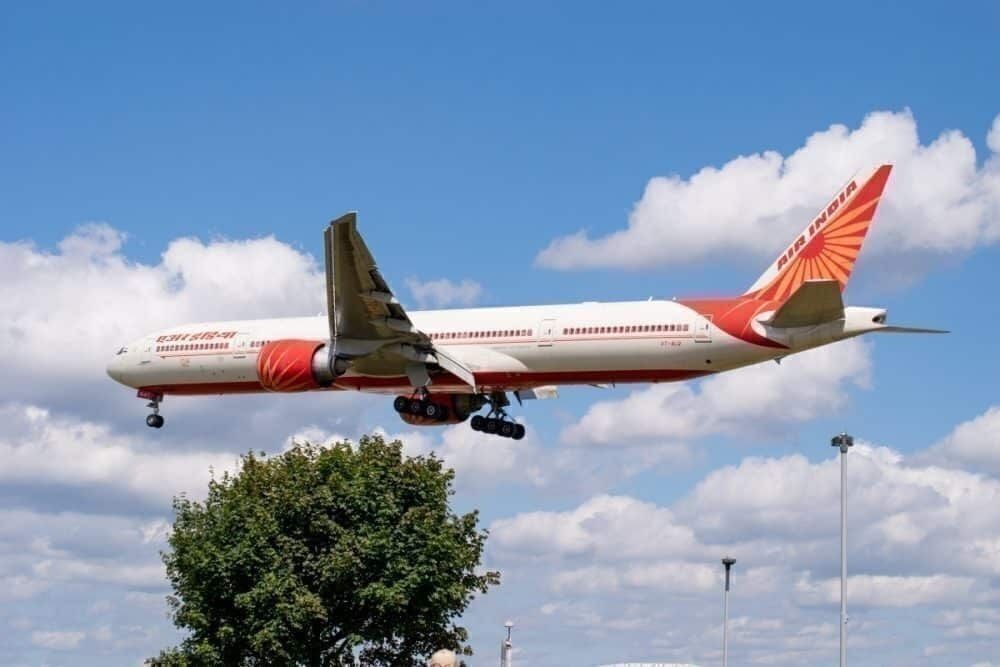India has now signed travel bubble agreements with 16 countries, including Japan. India has resisted resuming scheduled international flights, relying instead on bilateral travel agreements. So how do these bubbles work and where can you fly now?
16 and counting
India launched its travel bubble agreement in July, after growing pressure to allow foreign carriers into the country. Since it's launch with just three countries in July (US, France, and UAE), India has been steadily signing more agreements. These flights have been vital in allowing thousands of Indian and foreign citizens to travel after months of only limited repatriation flights.
Stay informed: Sign up for our daily aviation news digest.
Under the travel bubble, Indian and foreign carriers can fly between the two countries, carrying eligible passengers (usually citizens or residents of those countries). India has had a ban on all scheduled international flights since March, which means these flights are temporary and subject to government approval on both sides.
As mentioned, 16 agreements are in place with the following countries:
- South Asia: Afghanistan, Bhutan, and the Maldives
- Middle East: UAE, Bahrain, Qatar, Iraq, and Oman
- Africa: Kenya and Nigeria
- Europe: France, UK, Germany (temporarily suspended)
- North America: USA and Canada
- East Asia: Japan
To reach any countries outside of this list, passengers will have to look out for Air India's Vande Bharat flights. These tend to be in short supply due to the high demand, so passengers must be ready to book on the day tickets are released.
More agreements coming but issues remain
India is currently negotiating with 13 more countries to sign travel agreements, including countries with substantial traffic such as Singapore, Australia, and Thailand. Other countries also considering bubbles include South Korea, New Zealand, Russia, and Israel. However, these talks could be slowed by India's high level of COVID infections.
India has over 80,000 daily cases and despite strict pre-flight testing requirements, many have tested positive on arrival. With the highest daily cases globally, many countries are reluctant to allow large amounts of traffic from India.
In the last month, Air India has received travel bans from multiple countries due to too many positive passengers onboard. Hong Kong has banned Air India for two weeks until October 3rd for carrying six positive passengers. Dubai also banned Air India Express for 15 days after the airline carried two passengers with positive certificates (the ban was reduced to a day after talks).
In response, countries are tightening testing rules for flights from India, excluding labs that have given unreliable results previously. Both Delhi and Mumbai airports now have testing facilities for incoming international passengers. Extending this to departing passengers, which it is planning to do, could help restore passenger confidence.
How long will we have these bubbles?
India has shown no indications that it will resume scheduled flights any time soon and routinely extends its ban on them. Until we see a vaccine become widely available or cases decline, India will likely continue signing new travel agreements to regulate the traffic coming into the country.
Currently, the most notable absences from travel agreements are countries in East Asia. Barring Japan's recent entry, India has no other travel bubbles with other countries in the region, despite high demand. We will see more agreements in the coming months as the world grapples with the new rules of aviation.
Have you taken a flight under the travel bubbles? Let us know in the comments!




